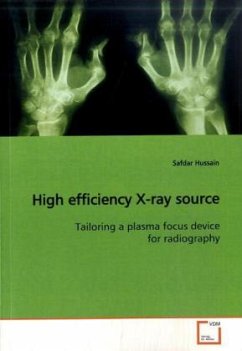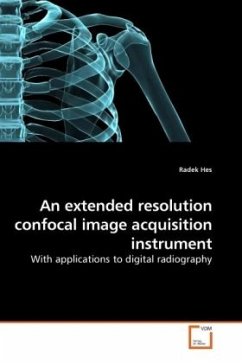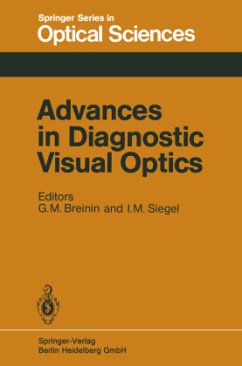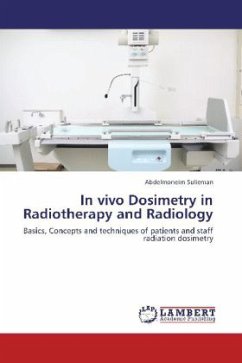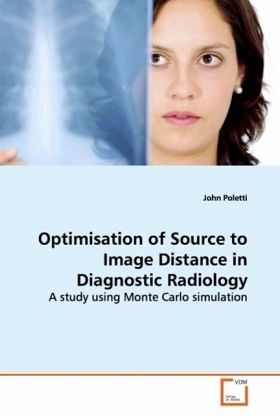
Optimisation of Source to Image Distance in Diagnostic Radiology
A study using Monte Carlo simulation
Versandkostenfrei!
Versandfertig in 6-10 Tagen
45,99 €
inkl. MwSt.

PAYBACK Punkte
23 °P sammeln!
This study aimed to determine the optimum source toimage distance (SID) for key radiographicprojections, in diagnostic radiology. Threesecondary aims were to determine the effect ofchanges in SID on the amount of scattered radiationat the image receptor, to determine the effect ofchanges in SID on the radiation dose to the patientand to assess any effects of changes in SID on thequality of the images. The study was performed usingMonte Carlo simulation, employing EGSnrcMP and PCXMC.The Monte Carlo codes were benchmarked againstindependent experimental studies and shown to giveexcellent agreeme...
This study aimed to determine the optimum source to
image distance (SID) for key radiographic
projections, in diagnostic radiology. Three
secondary aims were to determine the effect of
changes in SID on the amount of scattered radiation
at the image receptor, to determine the effect of
changes in SID on the radiation dose to the patient
and to assess any effects of changes in SID on the
quality of the images. The study was performed using
Monte Carlo simulation, employing EGSnrcMP and PCXMC.
The Monte Carlo codes were benchmarked against
independent experimental studies and shown to give
excellent agreement. The conclusion was that for
imaging of the trunk, other than the chest, the use
of an SID of 150 cm will enable optimization of doses
to patients. To optimize image quality and patient
dose, a number of recommendations are made for
technological improvements and for clinical practice.
image distance (SID) for key radiographic
projections, in diagnostic radiology. Three
secondary aims were to determine the effect of
changes in SID on the amount of scattered radiation
at the image receptor, to determine the effect of
changes in SID on the radiation dose to the patient
and to assess any effects of changes in SID on the
quality of the images. The study was performed using
Monte Carlo simulation, employing EGSnrcMP and PCXMC.
The Monte Carlo codes were benchmarked against
independent experimental studies and shown to give
excellent agreement. The conclusion was that for
imaging of the trunk, other than the chest, the use
of an SID of 150 cm will enable optimization of doses
to patients. To optimize image quality and patient
dose, a number of recommendations are made for
technological improvements and for clinical practice.





